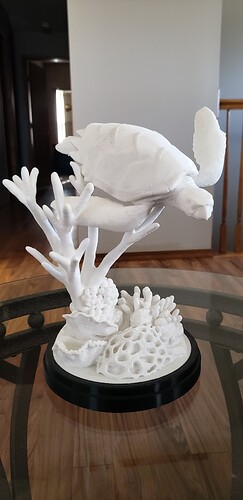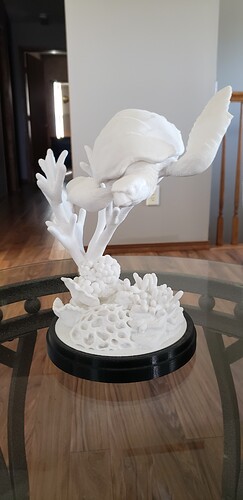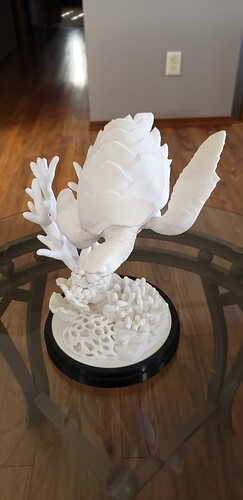I think we should consider the resources available within this group. I am not the most qualified here…but I have designed and built industrial equipment and automation solutions for over 20 years. In my shop I have built a number of machines and a 3D printer is one of the more simple. There are several guys here who had built printers long ago who are capable of making a quality printer.
When I design I am looking to improve upon another’s work. In this case I started with a Prusa i3 MK3S concept and designed all new parts making improvements where I saw opportunities. All manufacturers balance design features and cost to get a product you will buy and make themselves a profit. In every case that I have been a part of, there are features that “would be nice” or would be “improvements” that are removed to reduce cost and improve sales. MTTR, MTBF and key metrics I am considering in equipment design.
An example of this (in my eyes) is the X-axis motor mount for the Prusa i3 MK3S. It’s not great. But it gets the job done and it a relatively cheap part to make.
As for warranty…Prusa does have a one year warranty. Creality has a 30 day return. I don’t see this as a factor. The main risk would be losing a control board.
If we went down this road I would expect a design review with all of those interested. We can pick apart the design and look for improvements. Additionally, I am building two of this design now. So, we can put one at the space and test the performance.
Another thought with this platform is we can have different extruders setup for different material types. We could have a few bowdens setup for general use and a couple of micro swiss direct drives for more difficult materials.
@SteveO I did a rough tally of purchased components with pricing on Amazon and estimate the cost to be $170-$230 without extruders, pis or extrusion. Of course we can source from cheaper suppliers than amazon. I can work on a more detailed BOM later.
Additionally, I would be willing to donate more than the extrusion. T-nuts, wire for switches, cable covers for a more professional look, PLA for printed parts, and threaded inserts are all parts I would be willing to to kick in. I am also willing to print all of the parts needed.
For those who are unfamiliar with building custom equipment…there is nothing magical about this. I sell custom systems much more complicated than these that go for seven or eight digits. The main reason to do this is: for the cost of two or three decent purchased printers we could have five good printers.



